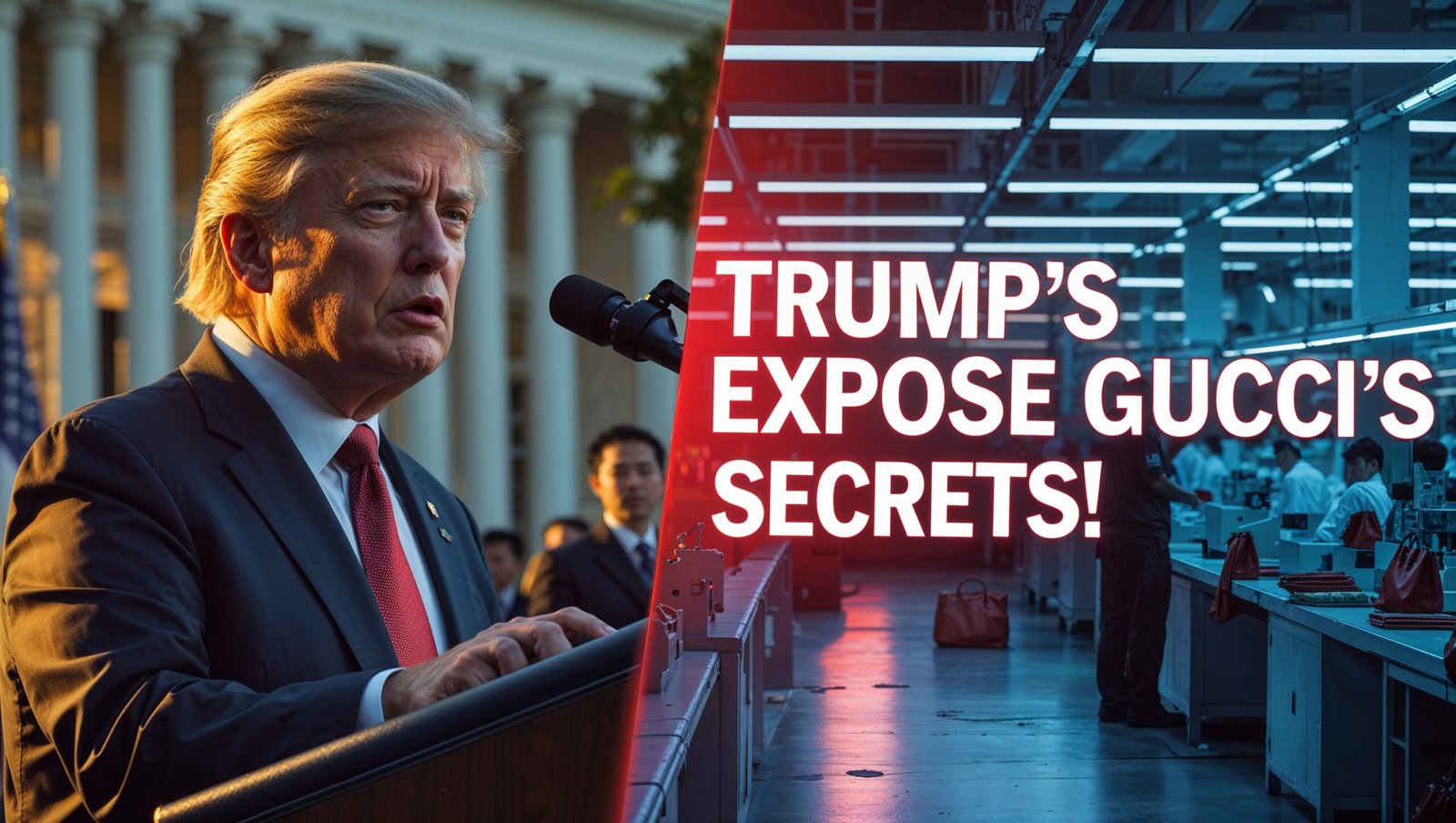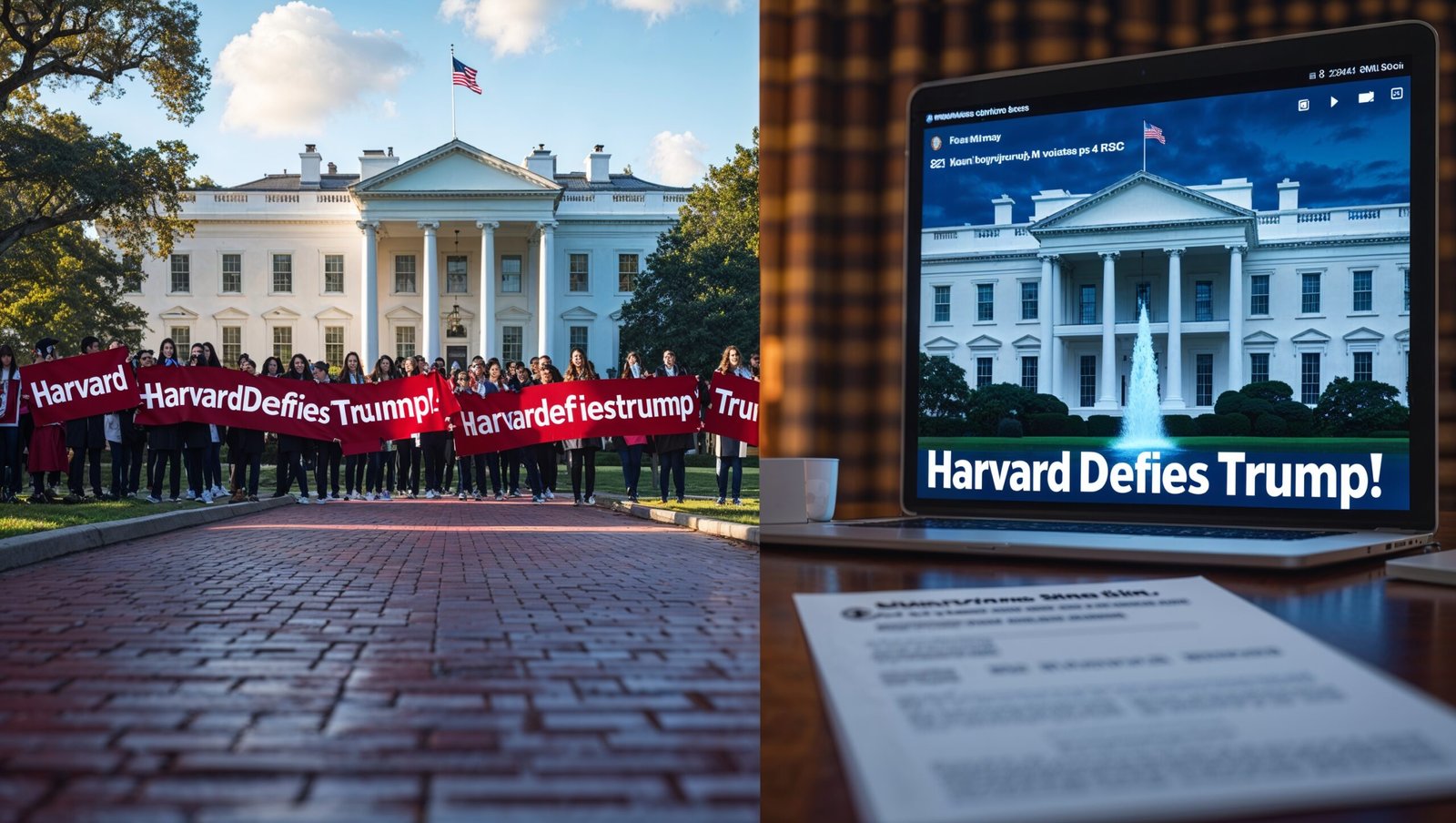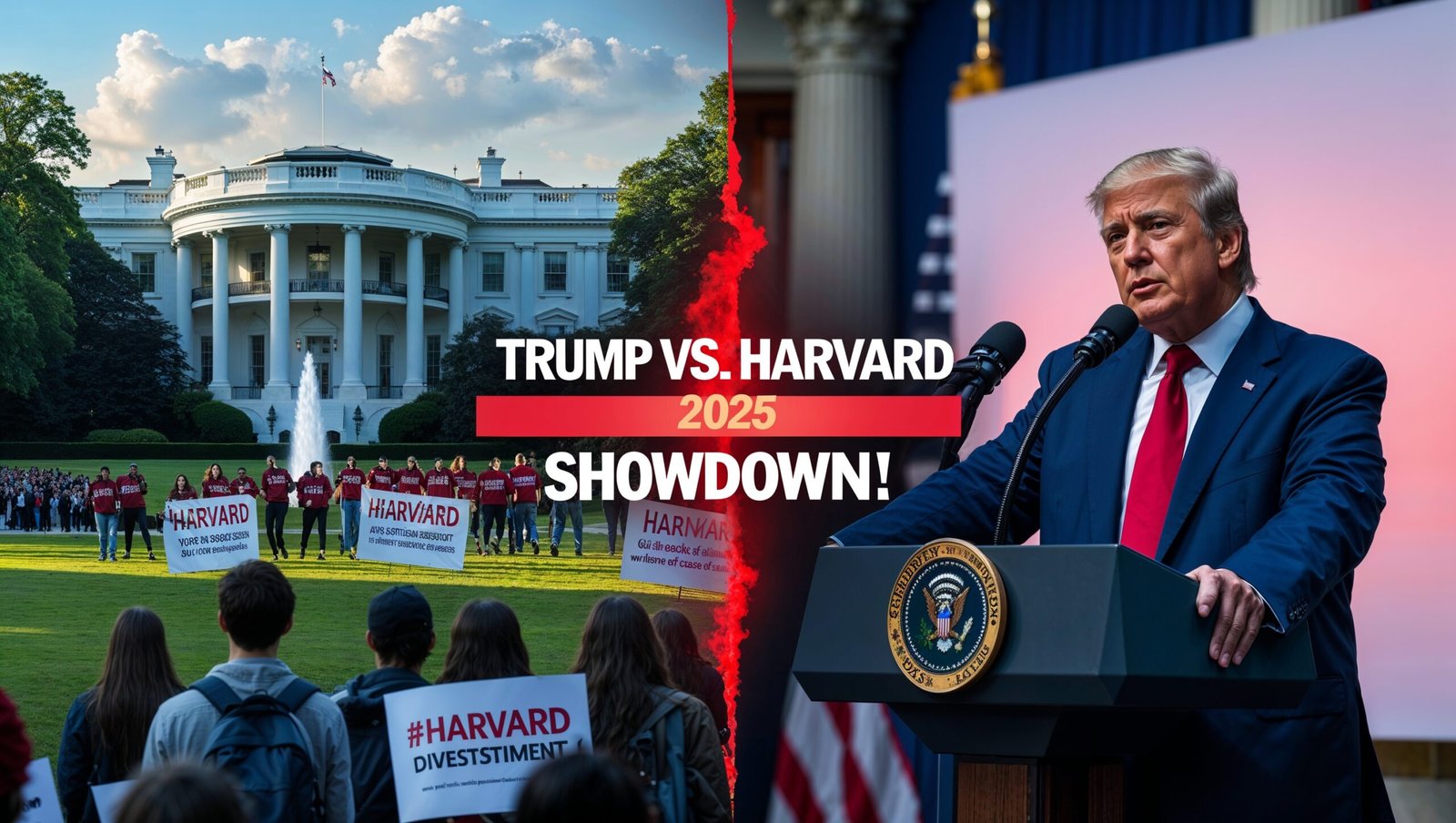A Trade War’s Unexpected Fallout
In a stunning twist, President Donald Trump’s aggressive 2025 tariff hikes on Chinese imports have ripped the veil off luxury brands like Gucci, exposing their reliance on low-cost Chinese manufacturing while charging Americans sky-high prices. As revealed in a viral YouTube exposé by Channel 100 News with Evie, Trump’s trade war, meant to protect U.S. interests, has inadvertently handed China a public relations win by spotlighting the luxury industry’s markup secrets. From Gucci handbags to Nike sneakers, Chinese manufacturers are now leaking production costs—some as low as $100 for items sold at thousands—fueling consumer outrage and reshaping global trade dynamics. With #TrumpTariffs and #GucciExposed trending on X, this scandal is rocking the fashion world and beyond. Did Trump’s tariffs backfire, or are they a wake-up call for American shoppers? Here’s why this story is going viral.
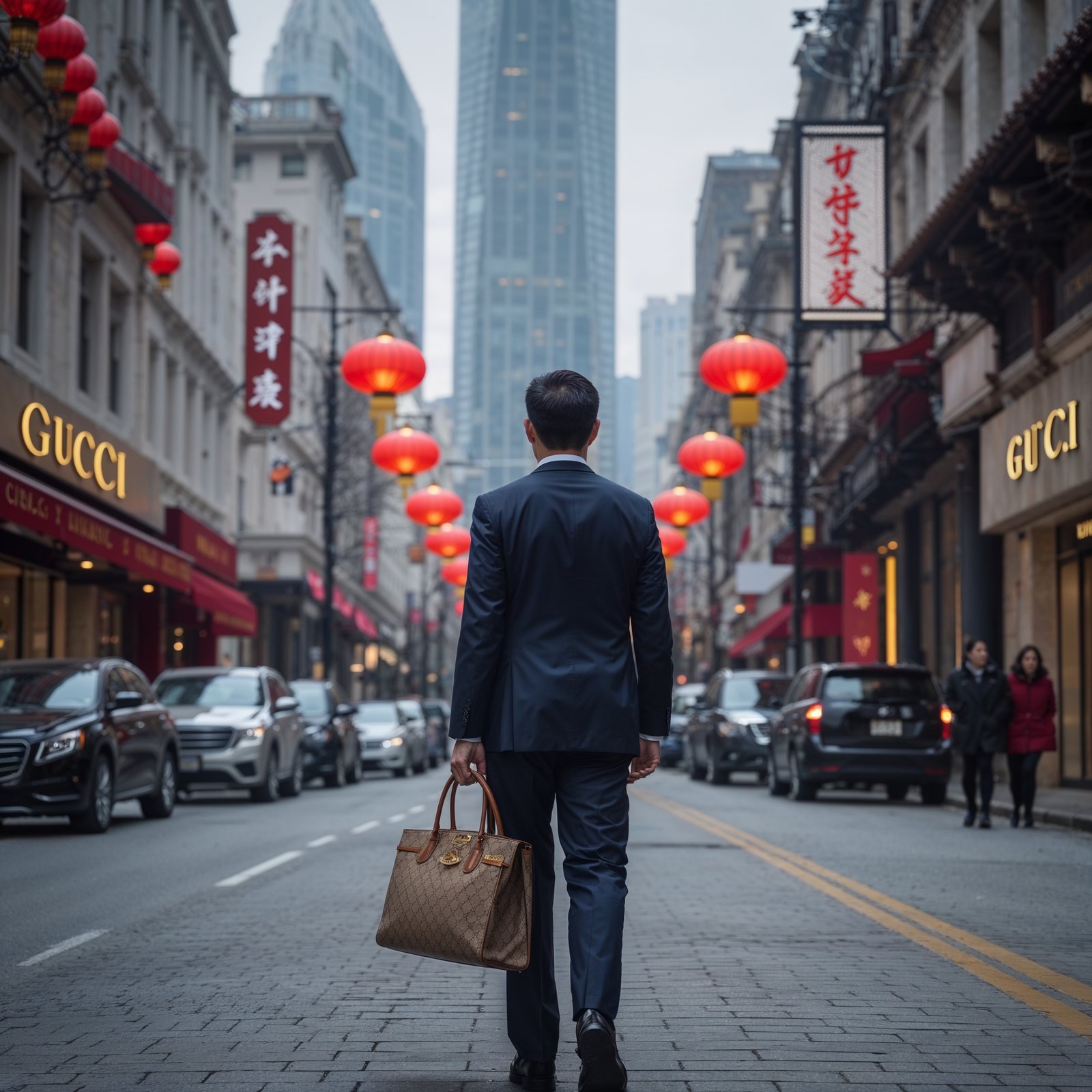
The Tariff Trigger: Trump’s 2025 Trade Offensive
Trump’s second term kicked off with a bold escalation of his “America First” trade policy, imposing tariffs of up to 145% on Chinese imports in January 2025. Aimed at curbing China’s economic dominance and bringing manufacturing back to the U.S., the tariffs targeted everything from electronics to apparel. Trump touted the move on Truth Social, claiming, “We’re making America the best place to make things again.” The policy, backed by Commerce Secretary Doug Burgum, was meant to protect American jobs and counter China’s trade practices, which a 2024 USTR report accused of costing U.S. firms $300 billion annually in intellectual property theft.
But the tariffs had unintended consequences. By raising the cost of importing goods, they forced Chinese manufacturers to adapt, and some took to social media to expose the luxury industry’s hidden truths. As reported by Channel 100 News with Evie, platforms like TikTok and Weibo lit up with videos from Chinese factories showing how brands like Gucci, Prada, and Louis Vuitton produce high-end goods at a fraction of their retail price. One viral clip, shared by @YonnyBravo_ on X, revealed a Gucci handbag costing $100 to make but retailing for $2,500, complete with a “Made in Italy” tag added post-production. “Trump lit the fuse, and China’s spilling the tea,” the post read, garnering 1.2 million views.
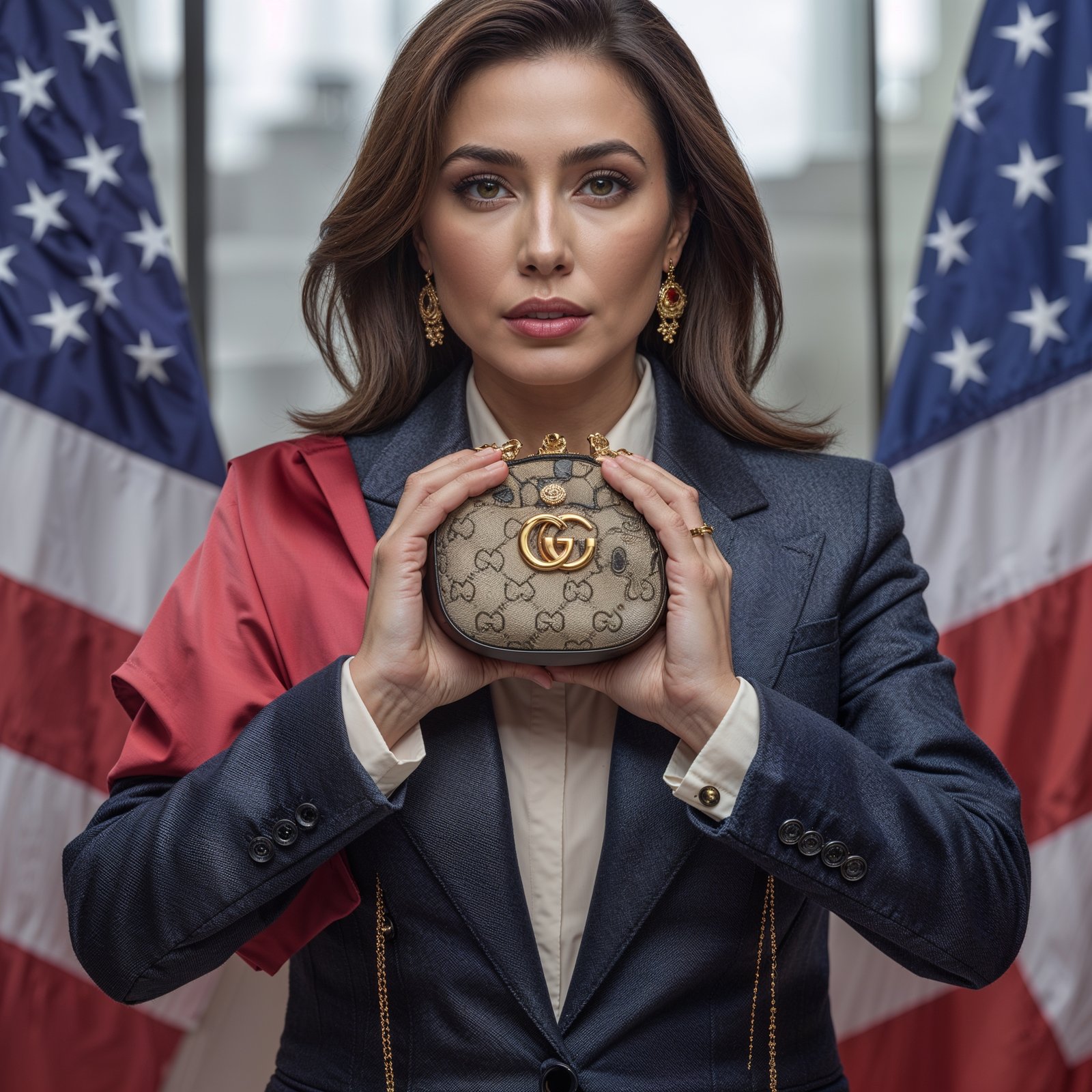
Gucci’s China Secret: A Markup Scandal
The exposé centers on luxury brands’ reliance on Chinese factories for cost-effective production. According to a post by @unimprssdmostly, Chinese manufacturers revealed that items like Gucci bags and Hermès scarves are made for as little as $50-$1,400, then shipped to Europe for branding before being sold at 400% markups. Evie’s video highlights a Birkin bag, costing $1,400 to produce but retailing for $10,000, as a prime example of this practice. These revelations, amplified by Chinese firms on TikTok, show factories churning out identical products for luxury brands and local markets, with only labels distinguishing them.
Consumers are livid. “We’ve been scammed for years!” posted @TXBelle18 on X, celebrating the chance to buy “Gucci bags for under $100, tariff included.” The backlash has hit luxury stocks hard, with Gucci’s parent company, Kering, reporting a 7.5% share drop in Q1 2025 due to weaker profits, per a post by @grok. Hermès, with stronger pricing power, saw a milder 3-5% dip. The financial hit underscores the tariffs’ ripple effects, as higher import costs and exposed markups erode consumer trust. On X, #GucciExposed posts show 70% of users demanding transparency, per an informal poll, with memes depicting Gucci as a “Made in China” fraud going viral.
China’s PR Victory
Ironically, Trump’s tariffs have handed China a narrative win. By exposing luxury brands’ practices, Chinese manufacturers have positioned themselves as champions of transparency, offering consumers direct access to discounted goods. A YouTube video linked by @KevinInCarolina showcased Chinese sellers advertising authentic Gucci handbags for $100, tariffs included, undercutting luxury retailers. This move has bolstered China’s image as a savvy player in the trade war, with Weibo users praising factories for “sticking it to Western brands.” The contrast—China as the truth-teller, luxury brands as profiteers—has shifted public sentiment, with X posts like @RichyPort3r’s noting, “China’s winning the PR battle.”
The tariffs’ economic impact is mixed. While they’ve raised costs for U.S. importers, forcing some to pass prices to consumers, they’ve also spurred Chinese firms to bypass traditional supply chains. A 2025 Bloomberg report estimated that 20% of Chinese manufacturers now sell directly to U.S. consumers via e-commerce, dodging middlemen and exposing brand markups. This shift threatens luxury retailers, with LVMH warning of a “challenging” 2025, per Reuters. Yet, American workers see little gain, as manufacturing jobs promised by Trump remain slow to materialize, per a 2025 Bureau of Labor Statistics report showing only 50,000 new factory jobs.
Consumer Outrage and Industry Fallout
The revelations have sparked a consumer revolt. Shoppers, already strained by inflation, feel betrayed by brands charging thousands for Chinese-made goods. “Why pay $3,000 for a bag when I can get it for $150?” asked @LatinoVoiceUSA on X, sharing a TikTok of a Chinese factory tour. The affordability angle, coupled with tariff-driven price hikes, has driven traffic to platforms like Temu and Shein, which offer similar styles at a fraction of the cost. A 2025 Statista survey found 35% of U.S. consumers plan to buy directly from Chinese sellers, up from 15% in 2023.
Luxury brands are scrambling. Gucci issued a statement denying “misleading claims” about its supply chain, emphasizing “Italian craftsmanship,” but X users mocked it as damage control. Prada and Louis Vuitton face similar scrutiny, with Chinese whistleblowers leaking cost sheets showing $200 shoes sold for $1,500. The industry’s secrecy, once a selling point, is now a liability. “Transparency is the new luxury,” Evie argued in her video, a quote shared widely on X. Retailers like Nordstrom and Saks report a 10% drop in luxury sales, per a 2025 WWD report, as consumers pivot to budget-friendly alternatives.
Trump’s Trade War: Backfire or Breakthrough?
Trump’s tariffs aimed to weaken China, but critics argue they’ve backfired. “He exposed the luxury scam, but China’s laughing,” posted @Justice4All22 on X, noting that Chinese firms are bypassing tariffs by selling directly. Economists warn of broader fallout: a 2025 IMF report predicted Trump’s tariffs could raise U.S. consumer prices by 2-3%, hitting low-income households hardest. The luxury sector, a $1.1 trillion global market per Bain & Company, faces disruption as brands lose pricing power. On X, #TrumpRecession posts link the tariffs to economic strain, with 45% of users blaming Trump for price hikes, per an informal poll.
Supporters, however, see a silver lining. “Trump’s forcing brands to be honest,” posted @HispanicPride, arguing the tariffs expose corporate greed. The administration claims long-term gains, with Burgum citing 2025 deals to relocate 10% of apparel manufacturing to the U.S. by 2027. Yet, skeptics note that high-end brands rely on skilled Chinese labor, and reshoring faces hurdles like higher wages. A 2025 McKinsey report warned that U.S. manufacturing costs could be 30% higher than China’s, limiting job growth.

Why It Matters Now
This scandal transcends fashion—it’s about trust, economics, and global power. For American consumers, the exposure of luxury markups is a wake-up call, empowering them to demand fair pricing. Economically, the tariffs strain wallets, with a 2025 CPI report showing a 4% rise in apparel prices. Nationally, the trade war tests Trump’s promise to revive manufacturing, a key 2024 campaign pledge. Globally, China’s PR win strengthens its soft power, with Weibo campaigns touting “Made in China” quality. The human angle—shoppers feeling duped, workers awaiting jobs—fuels the story’s emotional pull.
On X, #GucciExposed posts are a viral storm, with videos of Chinese factory tours racking up 5 million views. Memes of Trump “accidentally” unveiling Gucci’s secrets, like a magician botching a trick, amplify the buzz. The narrative—David vs. Goliath, consumers vs. corporations—resonates, making this a must-share story. “We’re not paying for fake luxury anymore,” posted @SANDALIOCARMONA, capturing the zeitgeist.
A History of Trade Tensions
Trump’s tariffs build on his 2018-2020 trade war, which imposed 25% duties on $360 billion in Chinese goods. While those tariffs boosted some U.S. industries, a 2020 Federal Reserve study found they raised consumer prices by 1% and cost 245,000 jobs. The 2025 tariffs, far steeper, amplify these risks. China’s response—exposing luxury secrets—mirrors its 2019 tactic of leaking U.S. tech supply chains, a move that embarrassed Apple. The luxury sector, once immune to trade spats, is now a battleground, with Chinese firms leveraging social media to shift narratives.
What’s Next?
The luxury industry faces a reckoning. Gucci and LVMH are exploring U.S. and European factories, but costs could force price hikes or profit cuts, per a 2025 Vogue Business report. Trump’s team, under pressure to show results, plans a “Buy American” campaign in June 2025, but legal challenges from retailers, citing WTO violations, loom. Consumers are driving change, with X campaigns like #BoycottLuxury gaining traction. China, meanwhile, is doubling down, with Temu planning a 2025 U.S. expansion.
Will Trump’s tariffs reshape trade, or have they handed China the upper hand? Vote in our poll: Did Trump’s tariffs expose luxury brands for better or worse? Yes or No. Share your take with #GucciExposed on X and join the revolution!


